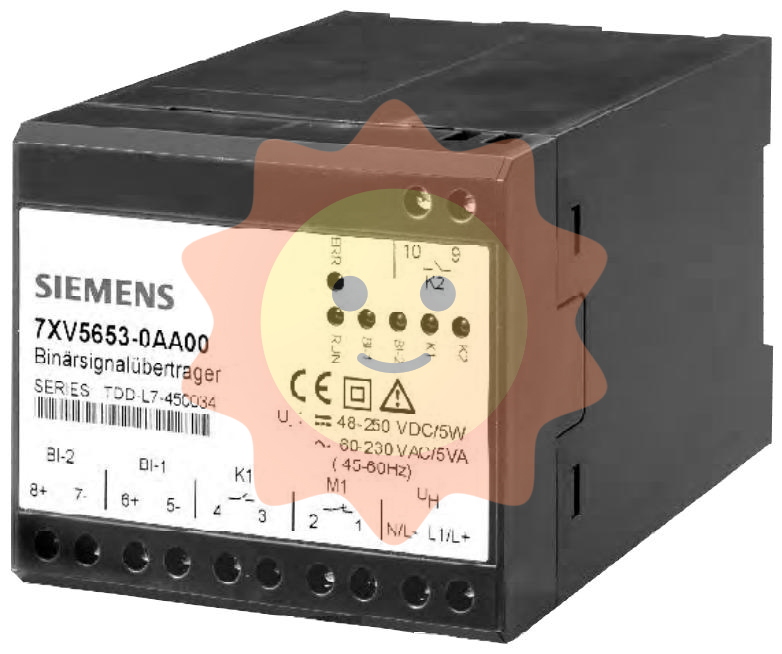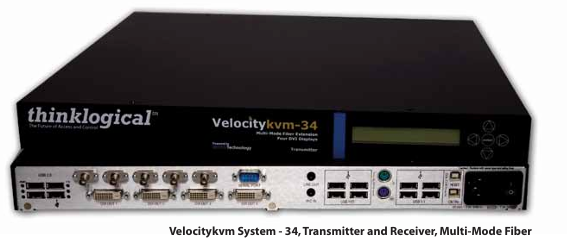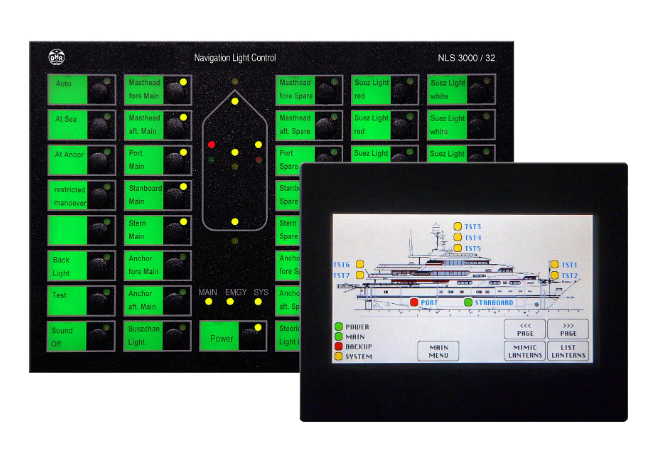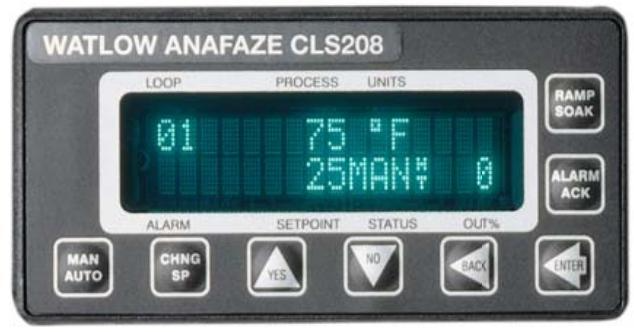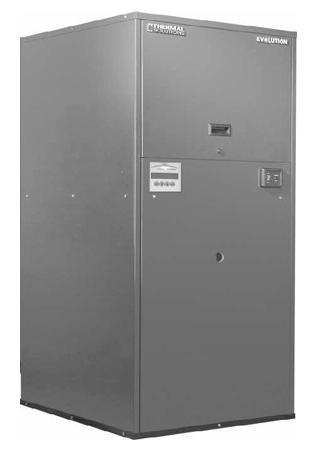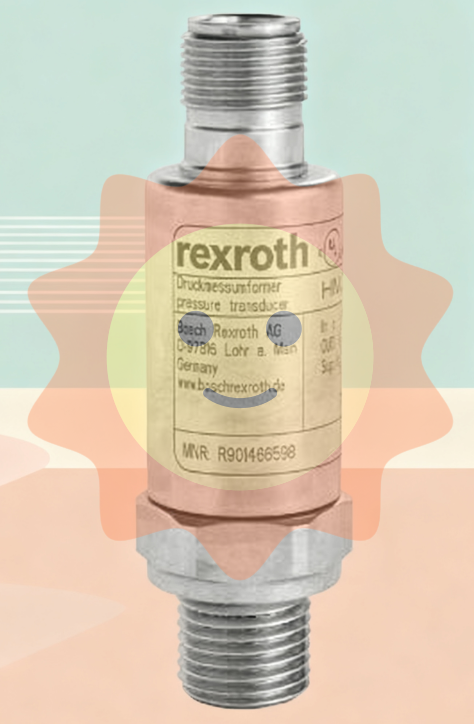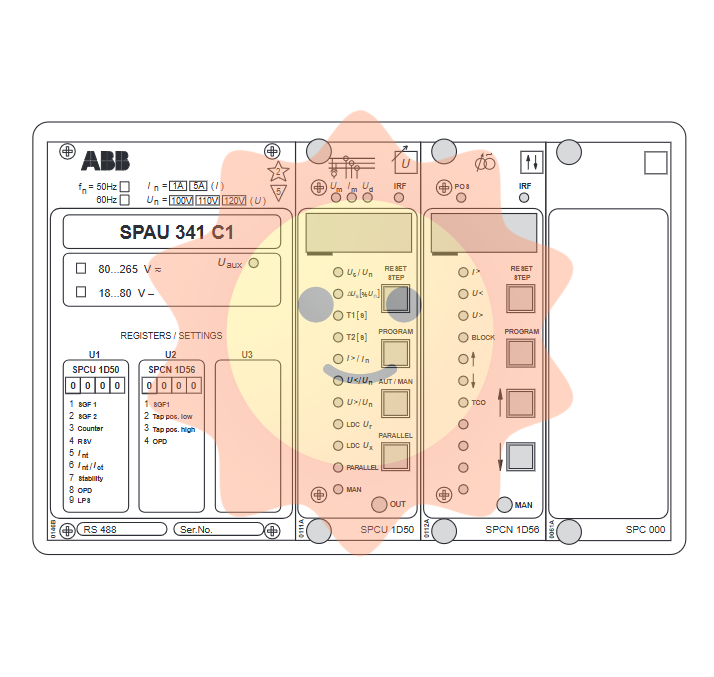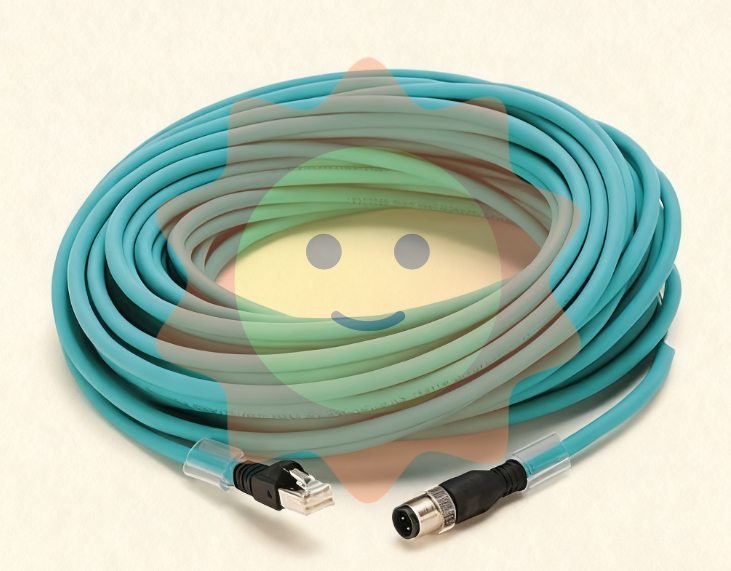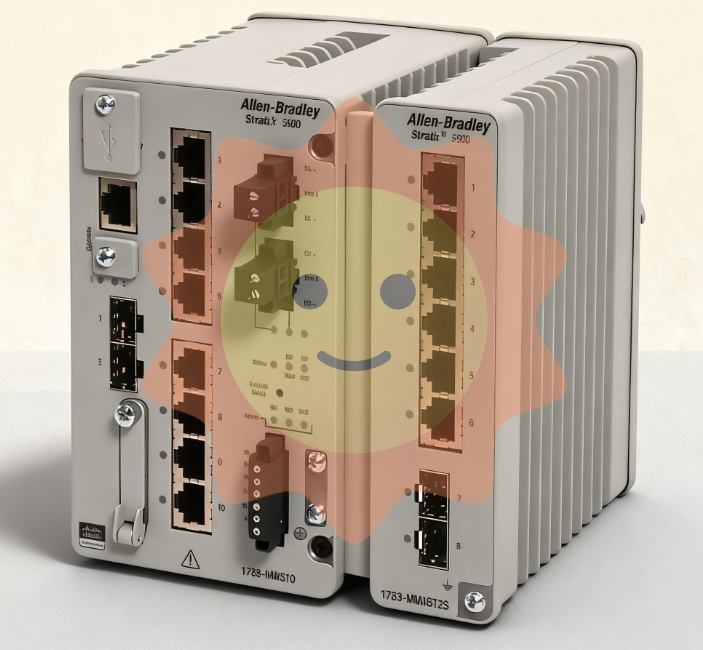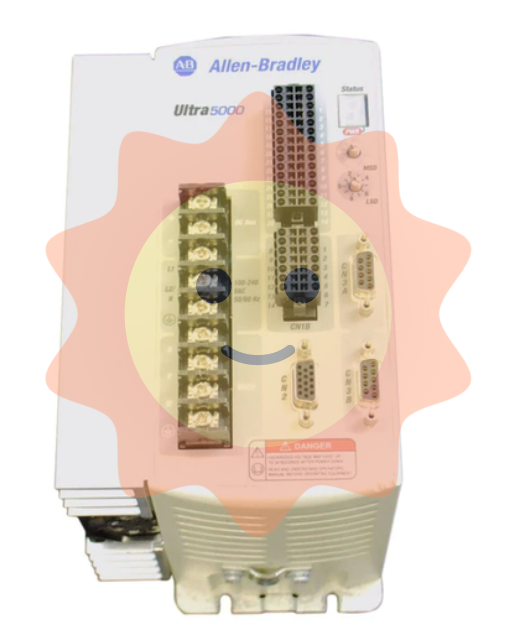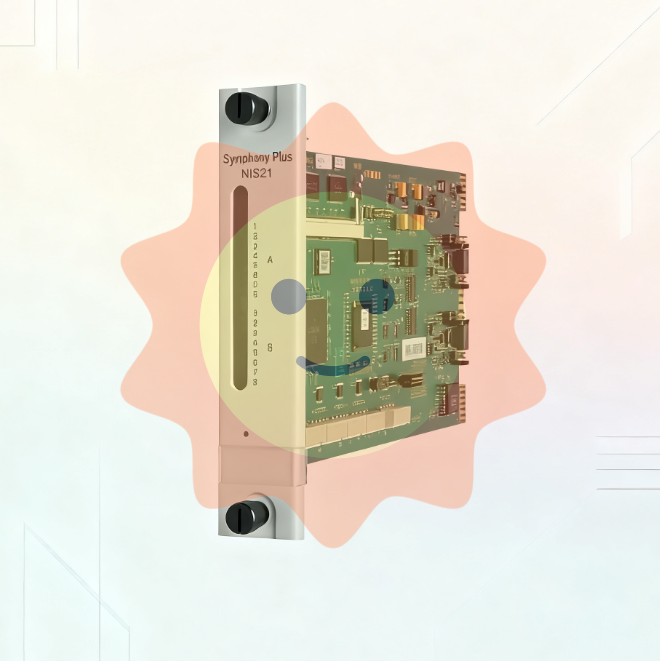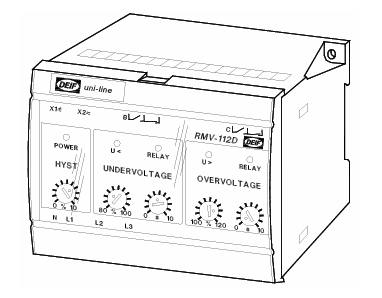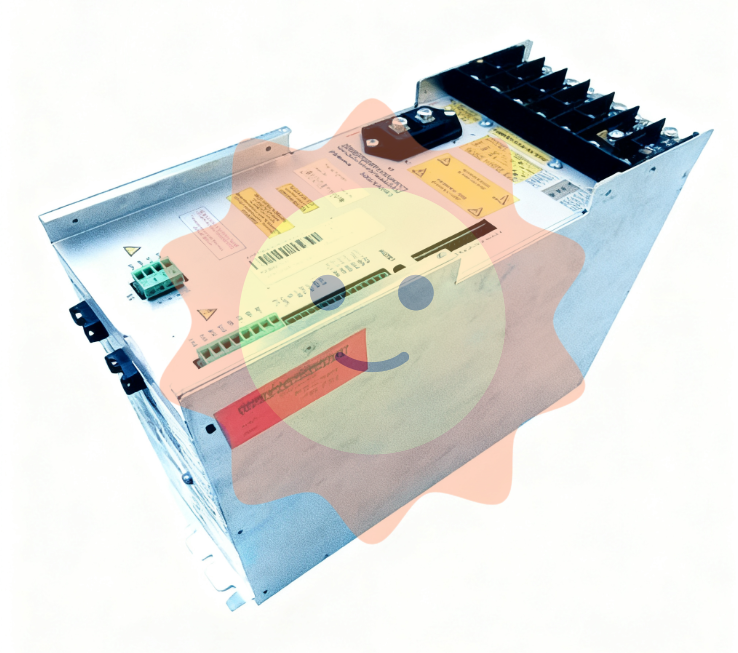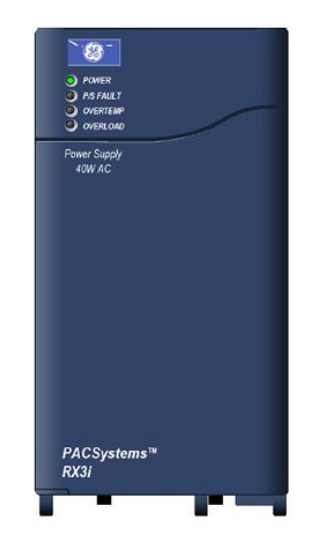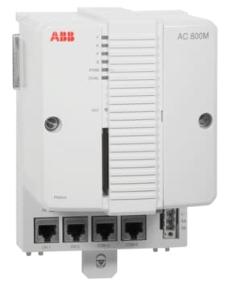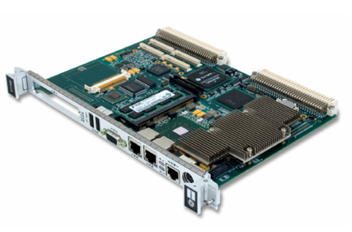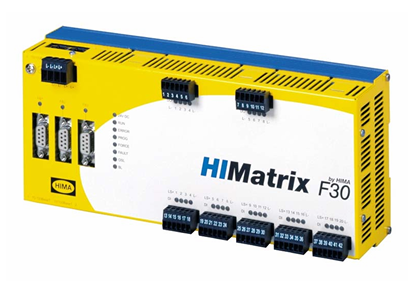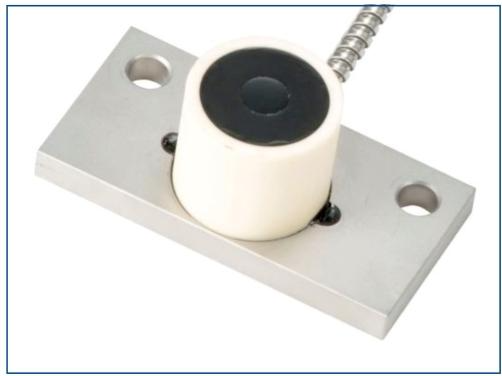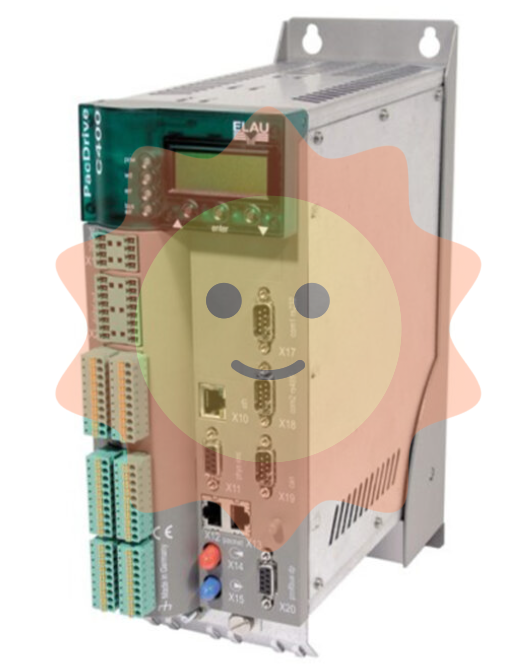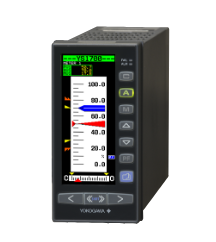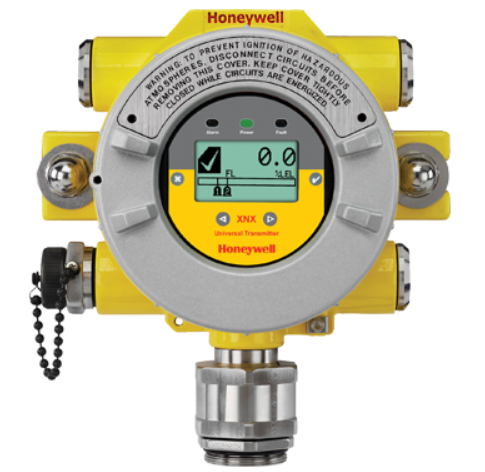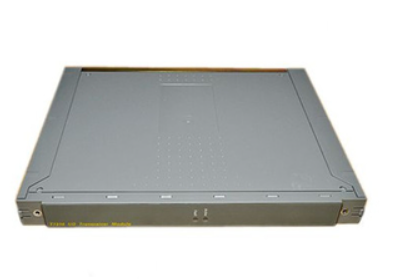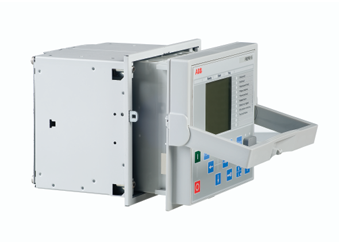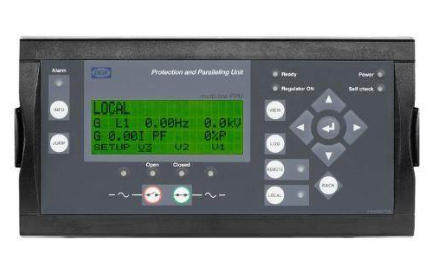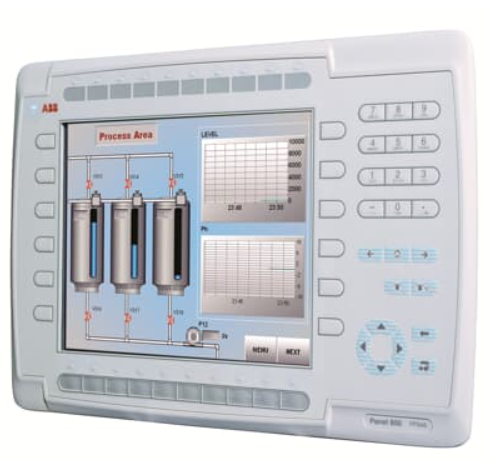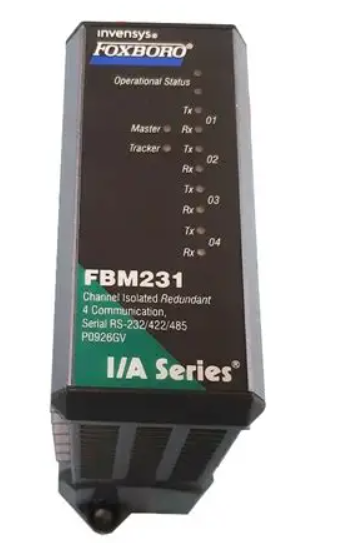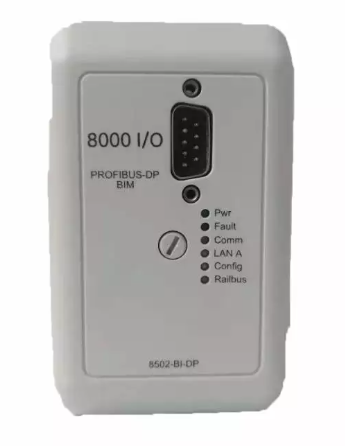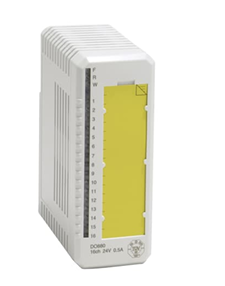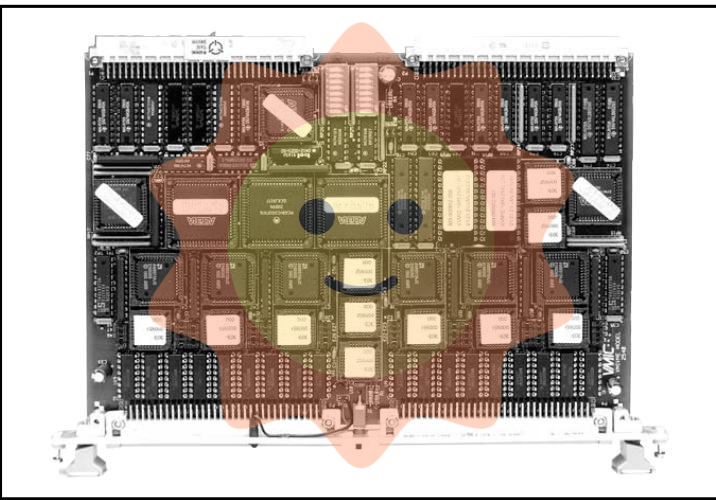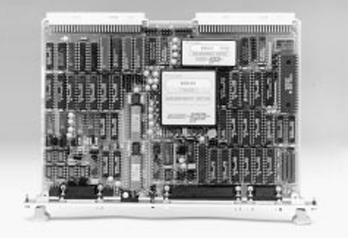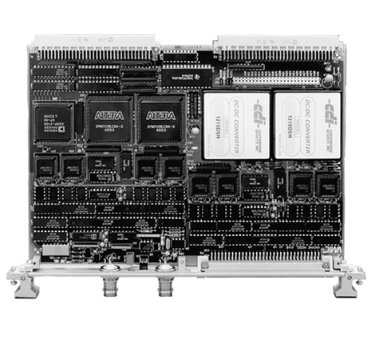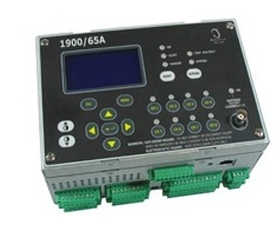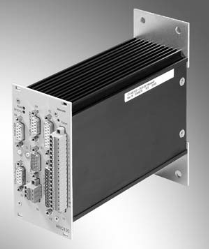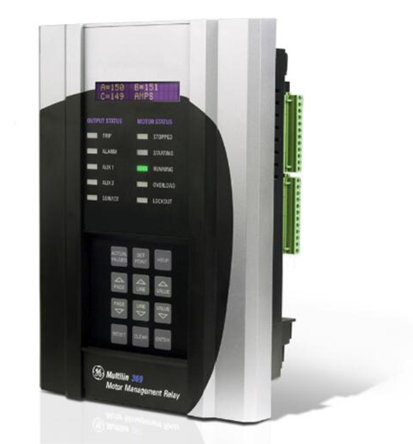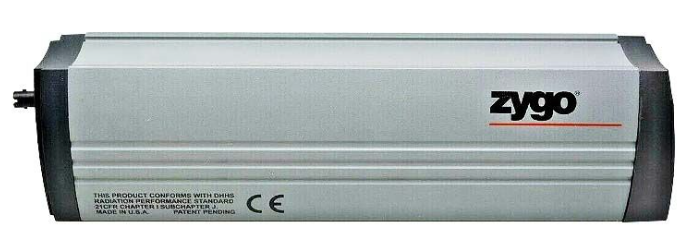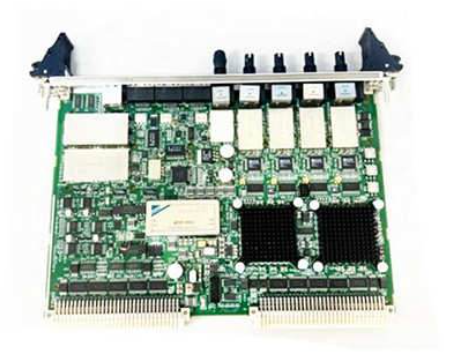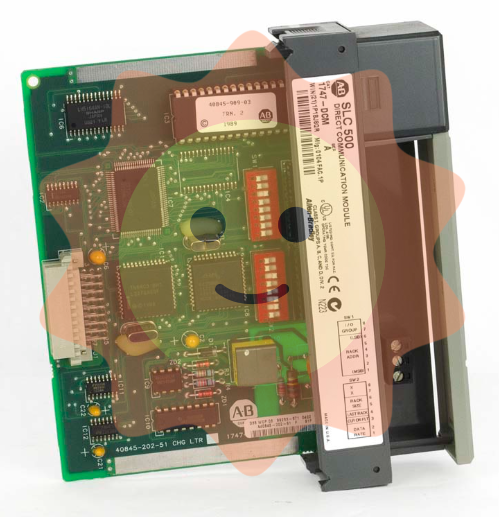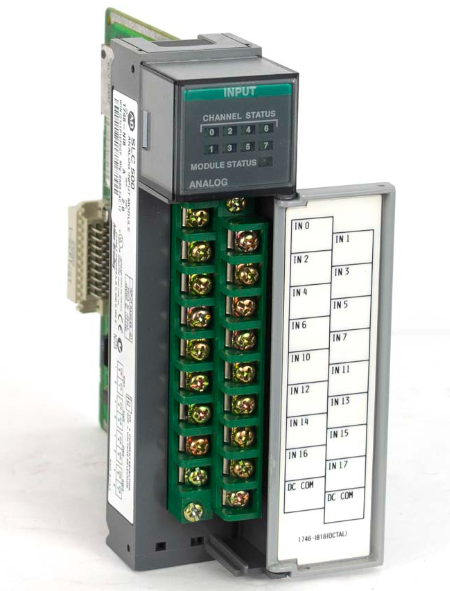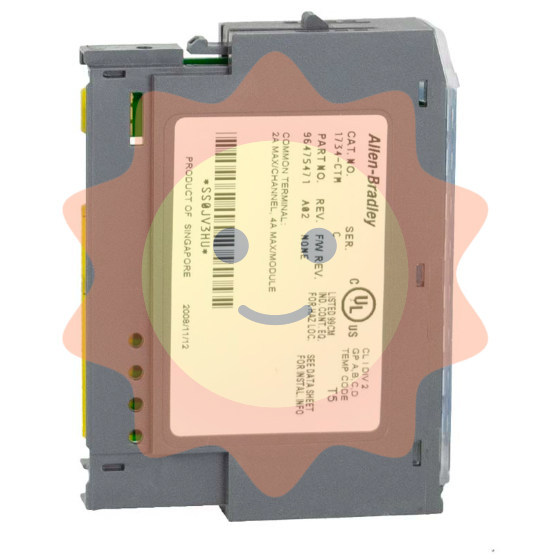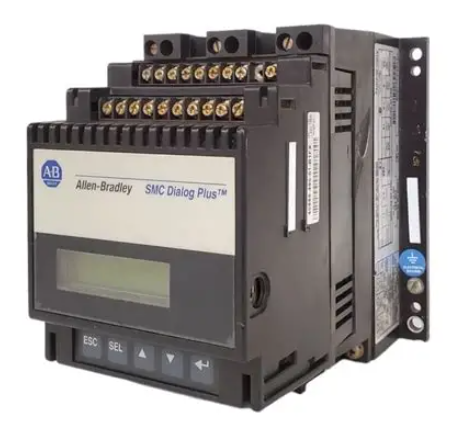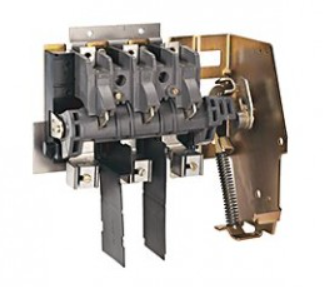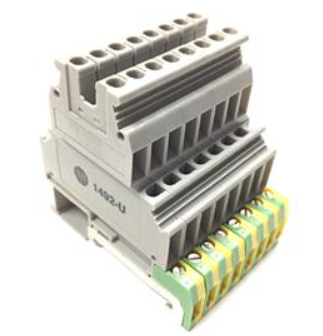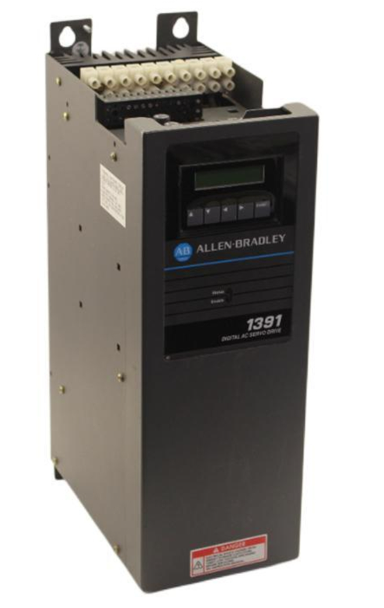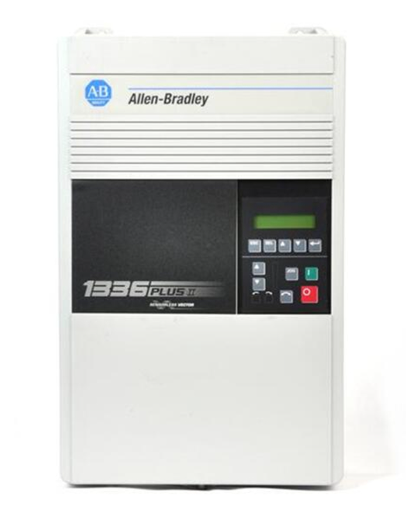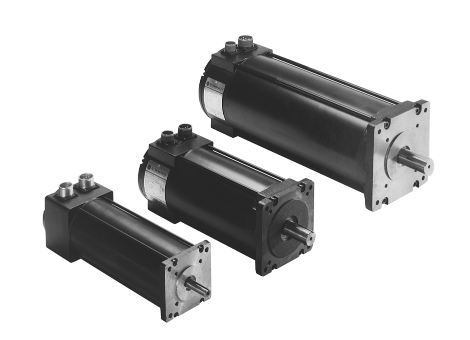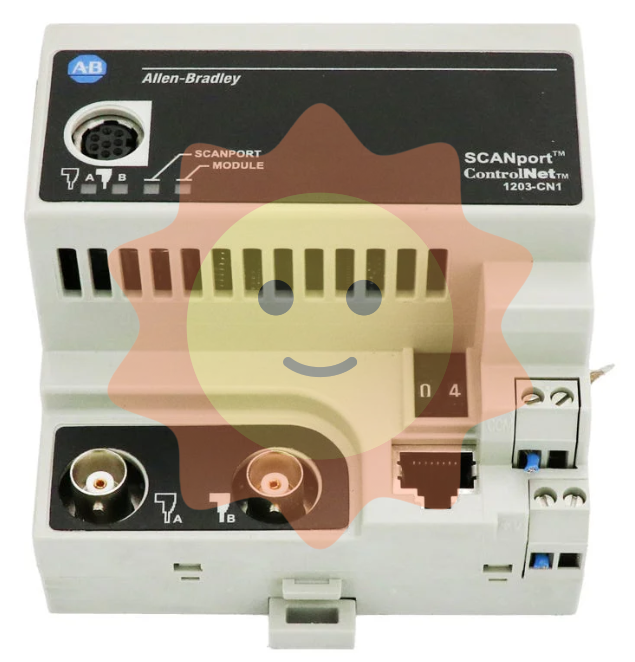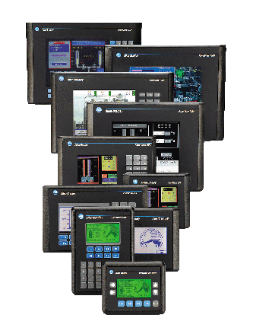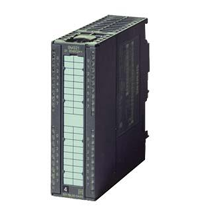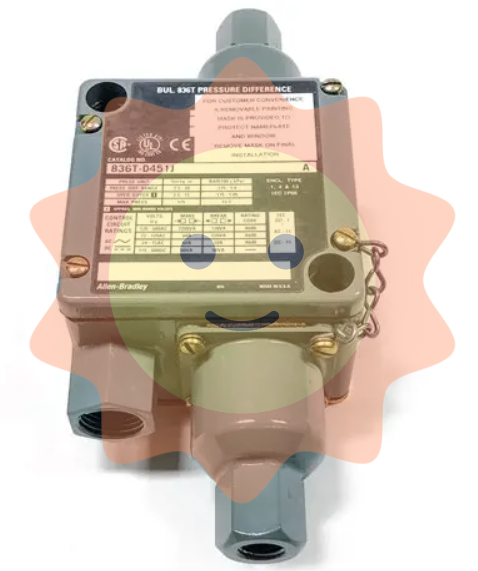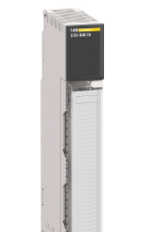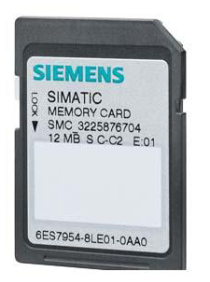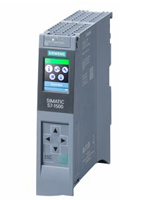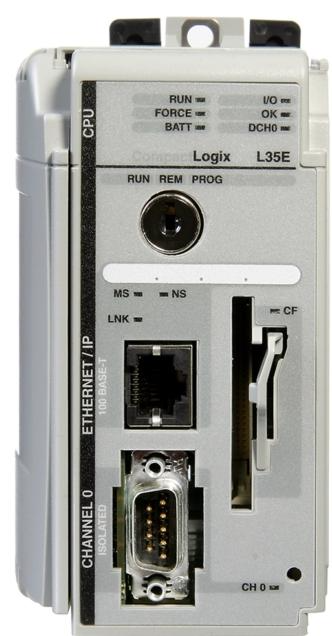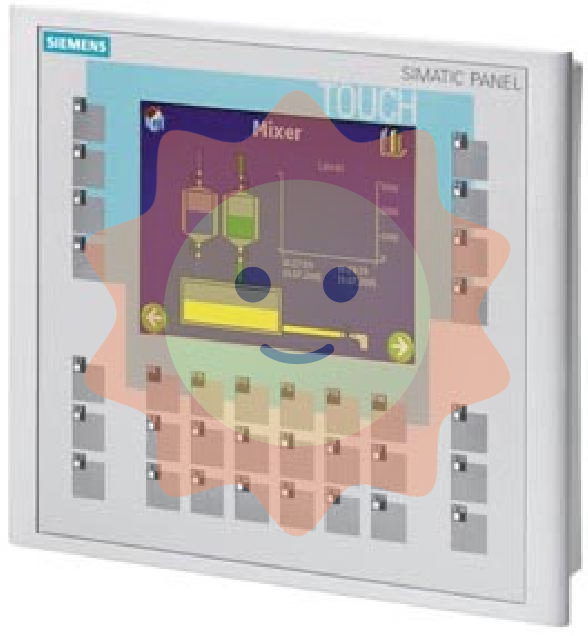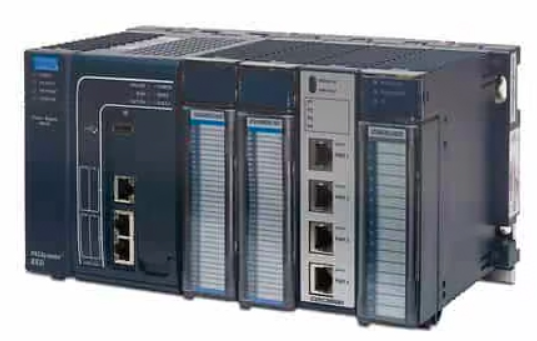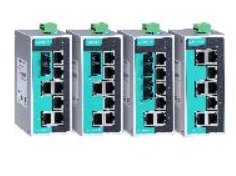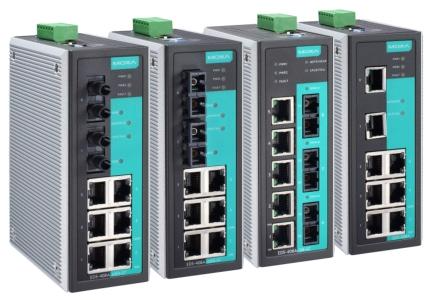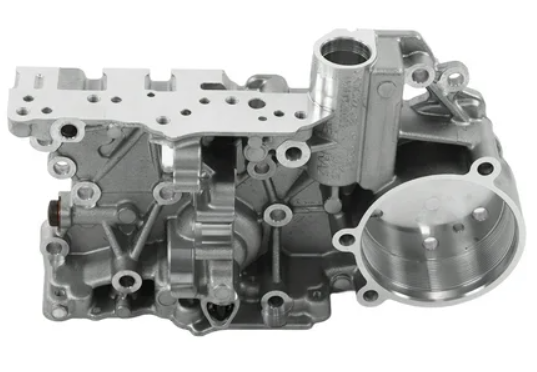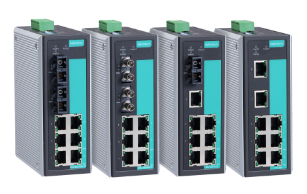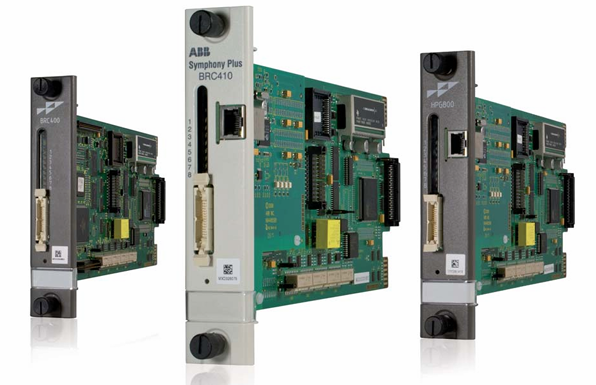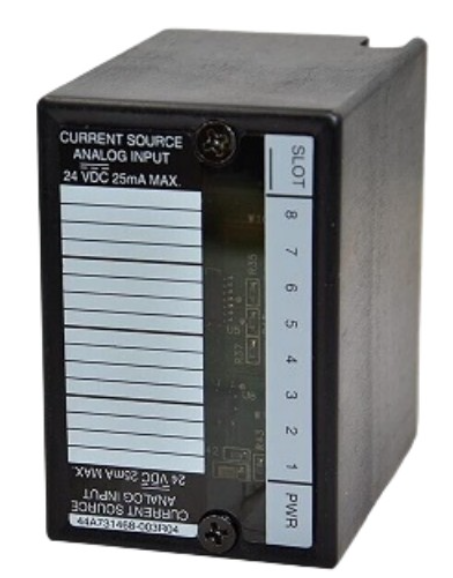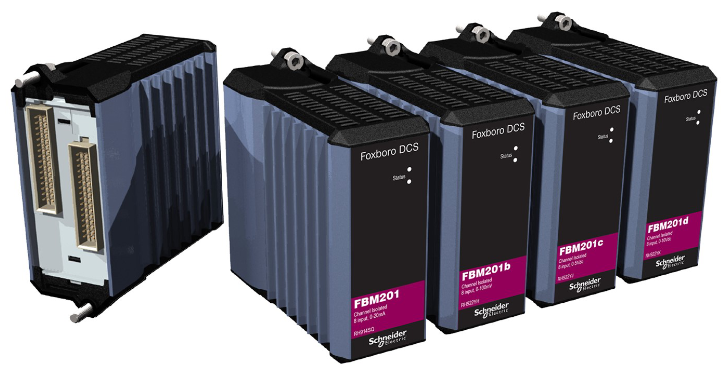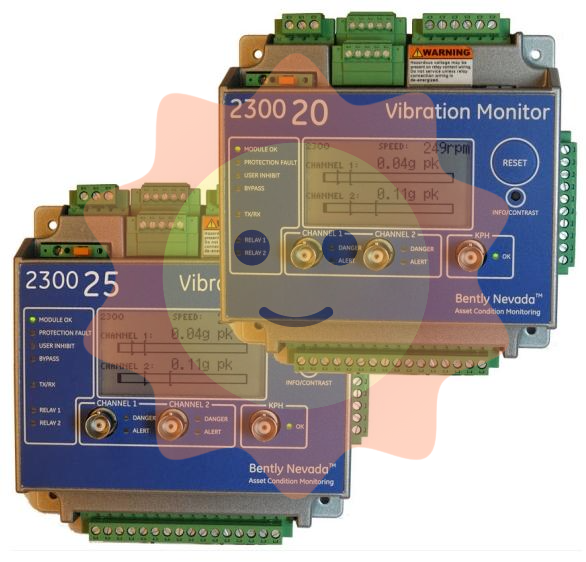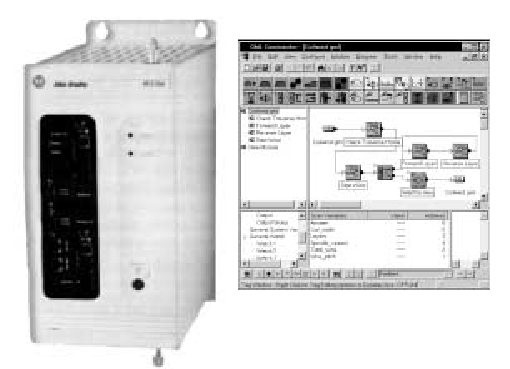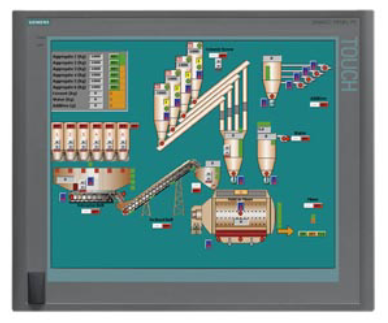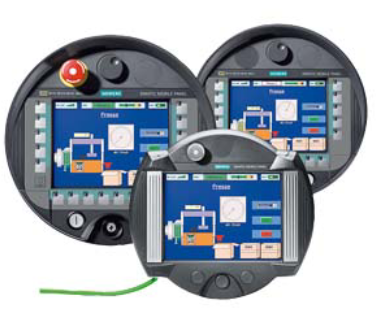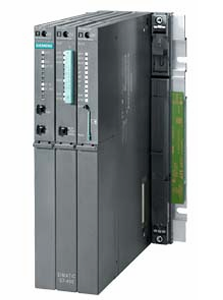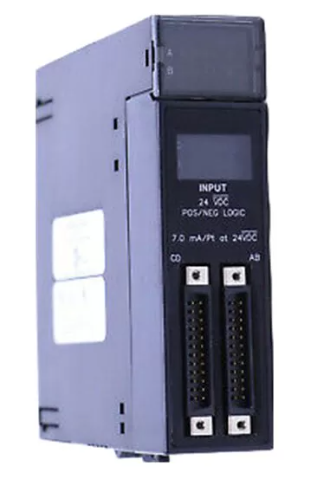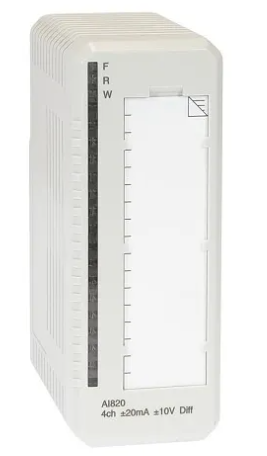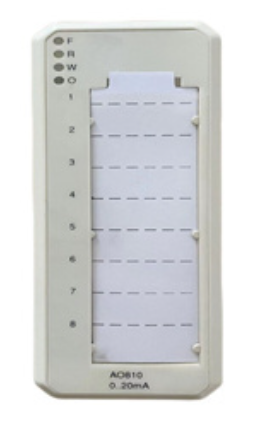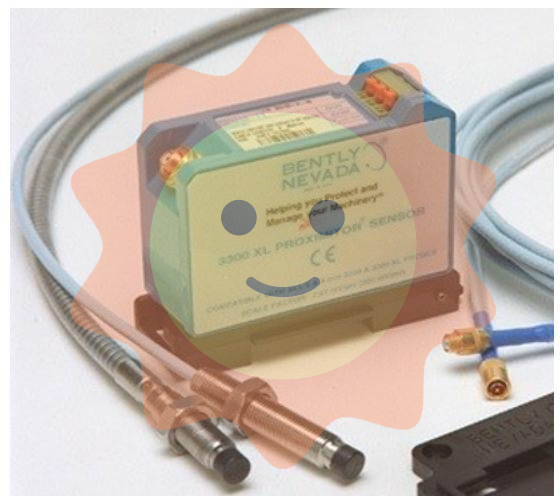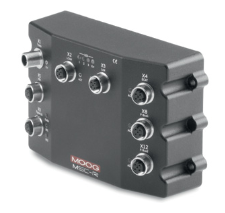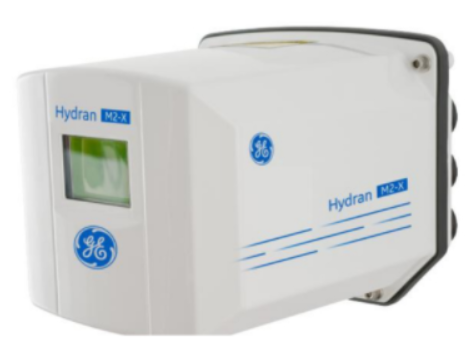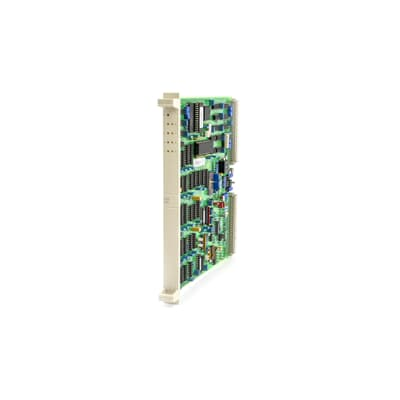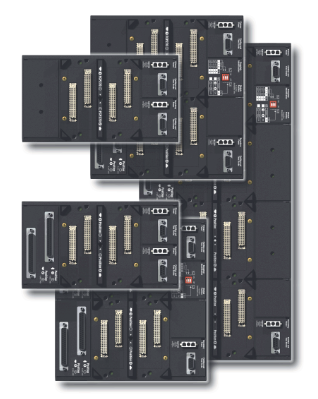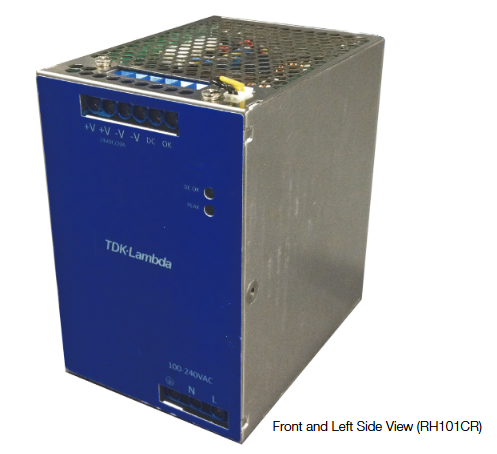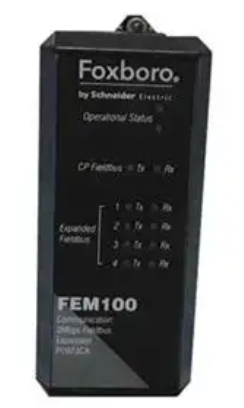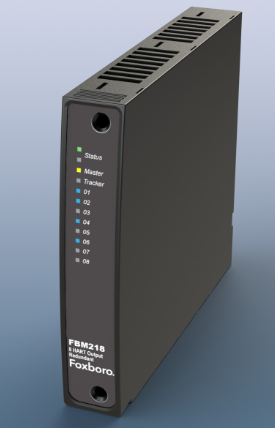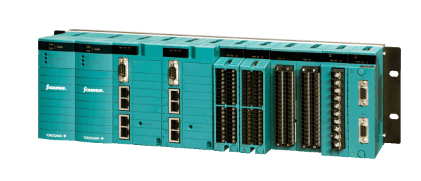GE IS220PPDAH1A Power Distribution System Feedback
OVERVIEW
The IS220PPDAH1A distribution feedback board is part of the Mark VIe series manufactured by General Electric (GE). The board serves as a component of the power distribution module and provides feedback for ground fault detection, high-capacity power supply operating conditions, power bus voltages, and branch circuit status. With complete system feedback and monitoring capabilities, it is a commonly used power distribution and monitoring board in areas such as industrial automation and power systems.
Technical Specifications and Features
COMPATIBILITY: The IS220PPDAH1A power distribution feedback board is compatible with 6 discrete output terminal blocks, including SRLY and TRLY connections, as well as 1 DC connector and 2 RJ45 connectors.
DIMENSIONS: It measures 3.25 inches high x 1.65 inches wide x 4.78 inches deep, making it easy to install and use in a variety of equipment.
Memory and communication: the board has flash memory and RAM and supports Ethernet communication for easy data exchange with other devices and remote monitoring.
LED Indicators: The board is equipped with four LED indicators for power, attention, TxRx and link status, which facilitate users to know the working status of the device in real time.
Feedback and monitoring function: IS220PPDAH1A power distribution feedback board is able to monitor parameters such as power bus voltage and branch circuit status in real time, and support system maintenance and troubleshooting by sending and reporting information.
Applications and Functions
Power Distribution: The IS220PPDAH1A power distribution feedback board can be used to distribute power to different loads to ensure the stability and reliability of power supply.
Fault Detection and Alarm: Through real-time monitoring of the status of power supply and branch circuits, the board is able to detect faults in time and send out alarm signals to remind users to take appropriate measures.
System Maintenance: The board supports system maintenance by sending and receiving messages to reduce the equipment failure rate and improve the reliability and stability of the system.
Installation and Configuration
Installation steps: When installing the IS220PPDAH1A Distribution Feedback Board, you need to install it firmly in the designated location and connect the relevant cables and connectors. It is also necessary to ensure that the equipment is well grounded to prevent safety hazards such as static electricity and lightning strikes.
Configuration and commissioning: after the installation is complete, the IS220PPDAH1A distribution feedback board needs to be configured and commissioned. This includes setting the parameters of the device, testing its communication functions, and verifying the accuracy of its feedback and monitoring functions.
Precautions
Safety precautions: When operating the IS220PPDAH1A power distribution feedback board, you need to comply with the relevant safety regulations and operating procedures to ensure the safety of equipment and personnel.
Maintenance and management: Regular inspection and maintenance of IS220PPDAH1A distribution feedback board, timely detection and treatment of potential problems to ensure the long-term stable operation of the equipment.
Functionality and Features
Power Monitoring and Measurement
The IS220PPDAH1A is designed to monitor various electrical parameters of the power distribution system. It can measure voltage, current, power factor, and active and reactive power. For example, it continuously monitors the voltage levels across different phases of the distribution network. By accurately measuring these parameters, it provides valuable data for system operators to assess the health and performance of the power distribution system.
The device can also detect abnormal conditions such as over - voltage, under - voltage, over - current, and power factor deviations. When such anomalies occur, it can trigger alarms or send signals to the control system for corrective actions. For instance, if the measured current exceeds a preset threshold, it can immediately notify the system to take steps to prevent equipment damage, such as by tripping a circuit breaker.
Feedback for Control and Optimization
The feedback provided by this device is essential for the control and optimization of the power distribution system. It supplies real - time data to the control system, which uses this information to adjust the operation of power - generating sources, transformers, and other distribution equipment. For example, based on the power factor feedback, the control system can activate power factor correction capacitors to improve the overall efficiency of the system.
The data from the IS220PPDAH1A can also be used for load - shedding strategies. In case of high - demand situations or emergencies, the system can use the power consumption data to selectively shed non - critical loads to maintain the stability of the power grid. This helps in preventing blackouts and ensuring the continued supply of power to critical loads.
Communication and Integration Capabilities
The device has excellent communication capabilities. It can interface with other components of the power distribution system through various communication protocols such as Modbus, Ethernet/IP, or other industry - standard protocols. This allows it to send the measured data and feedback signals to the central control station, Distributed Control Systems (DCS), or Supervisory Control and Data Acquisition (SCADA) systems.
It also enables seamless integration into the overall power management infrastructure. For example, it can be integrated with energy - management software to provide detailed energy - consumption reports and analytics. This integration helps in better energy - resource planning and cost - control.
Technical Specifications
Measurement Accuracy
The accuracy of voltage measurement might be specified as within a certain percentage of the actual voltage value, for example, ±0.5% of the rated voltage. The current - measurement accuracy could also have a similar specification, such as ±1% of the actual current. The accuracy of power - factor and power - measurement is also defined precisely to ensure reliable data for system - control and - optimization.
Input Voltage and Current Ranges
The device specifies the range of input voltages it can handle. For example, it might be designed to work with voltages ranging from a few hundred volts to several kilovolts, depending on the application. The input - current - range is also defined, taking into account the maximum - current - carrying - capacity of the distribution system it is monitoring. This ensures that the device can accurately measure the electrical parameters without being damaged by excessive voltages or currents.
Communication - Interface Specifications
The supported communication protocols, such as Modbus RTU or TCP/IP, are clearly stated. The data - transfer - rate capabilities for each protocol are specified. For example, for Ethernet - based - communication, it might support a data - transfer - rate of 10/100 Mbps. The number of supported - connections and the physical - - connection - requirements (e.g., the type of connector like RJ45 for Ethernet) are also provided to ensure proper integration with other systems.

- User name Member Level Quantity Specification Purchase Date
- Satisfaction :
-









Email:wang@kongjiangauto.com










